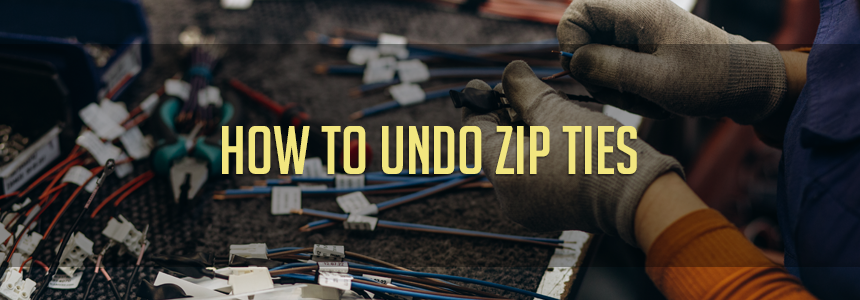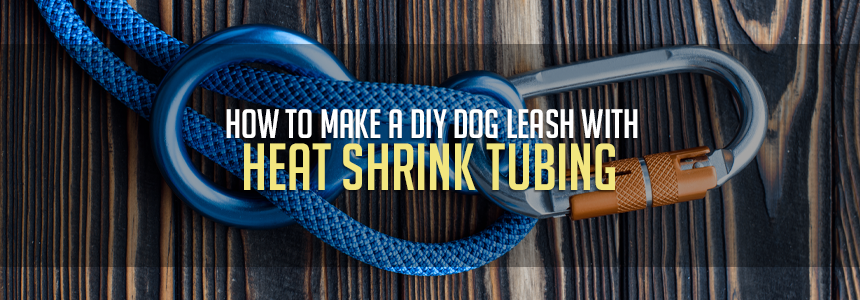The Secret Weapon for DIY Car Repairs
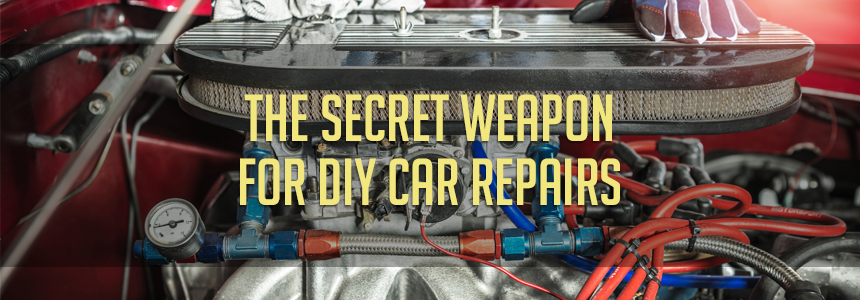

DIY car repairs can be daunting and anything but simple.
With so many different wires, electrical lines, and fuses, it can be challenging to find an efficient and low-cost solution that you can do yourself. You need a quick yet reliable solution that can keep you safe out on the road. For the savvy DIYer, heat shrink tubing is an effective and economical choice for all your automotive work.
Heat shrink will provide necessary support and protection to your car's electrical system, and provide lasting security against potential damage from heat, chemical exposures, and water.
Uses of Heat Shrink Protection for DIY Car Repairs
Beyond basic wire covering, there are many applications and uses for heat shrink in your vehicle when doing your own DIY car repairs. Firstly, heat shrink adds an additional layer to already secured wires from abrasions, moisture, extreme temperatures, and insulates them.
It’s important that you keep your electrical covered, so if there is ever a tear or damage to the original sleeve of your wiring, you can patch up the cable using a smaller piece of heat shrink to keep it from being exposed. This way, you can patch up wires without having to replace them altogether, saving you money in the long run while also ensuring your safety with covered wires.
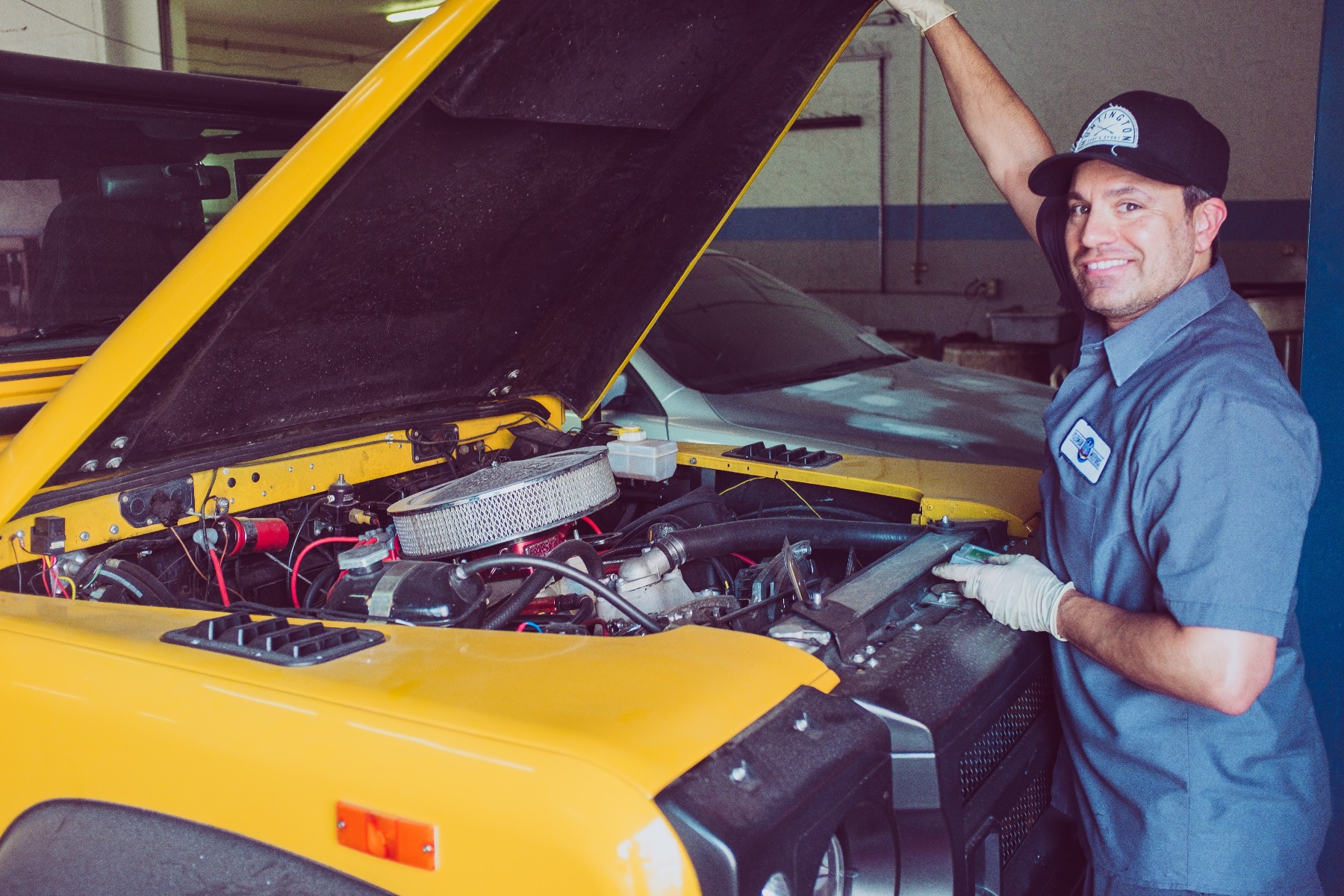
Another application of heat shrink in your vehicle can be to bind your wires together. Heat shrink can be used to splice terminations together and connect them to a power source safely.
Heat shrink tubing is also a great method for organization and cable management within your automobile. With so many wires and electrical, it can quickly become a tangled mess, but with heat shrink, you can sort out and group together wires. BuyHeatShrink’s tubing comes in a wide range of colors, so you can even use a color-coordination system for extra organization. Not only is there a large selection of colors, but heat shrink tubing comes in many sizes to fit the smallest cables to the larger wires.
Color coding can be a great way to identify which wires and cables go where, and for you to make quick and easy repairs the next time you need to pop the hood open for future DIY car repairs.
Applying Heat Shrink to Cables
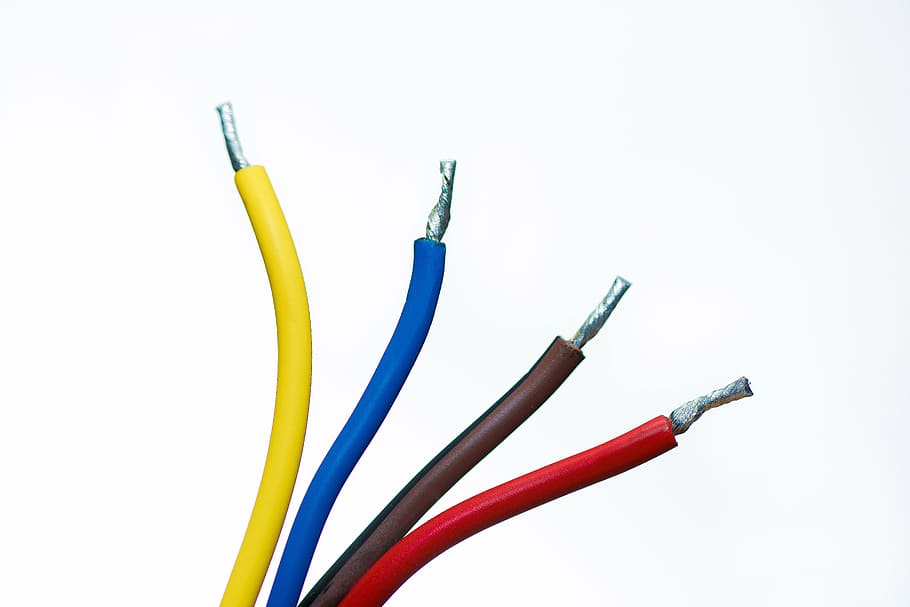
Heat shrink tubing is most often utilized as an insulating tool for cables and wires. But, heat shrink tubing is also used for bundling cables together, which is often necessary when working on electrical in tight areas such as under the hood of your car.
Before the wires in your car are patched and connected, a sleeve of heat shrink is slipped over the wire or bundle of wires and is heated with a heat gun to protect and secure it. The sleeve shrinks around connections and seals them for long-term coverage. This type of tubing is made of Polyolefin, making it extremely durable but also very flexible and easy to work with.
When it comes to electrical wiring, you never know when a cable may come loose or begin to tear. It’s important to have a quick solution that will also keep you safe when driving. With heat shrink tubing, application is fast and straightforward, providing you with a sustainable and long-term fix.
Check out our resource center for more tips, tricks, and applications of heat shrink tubing!





